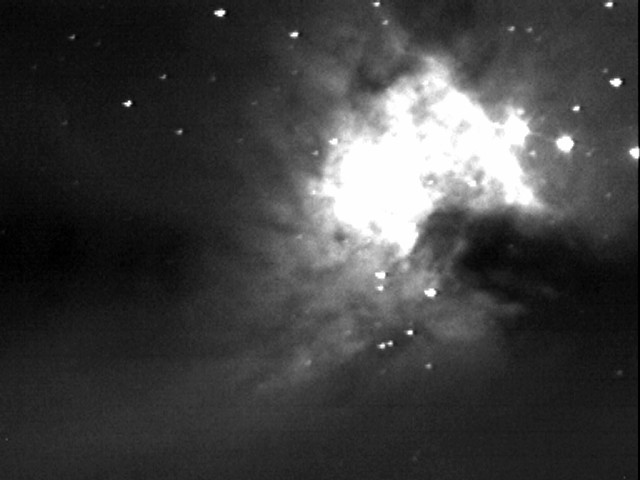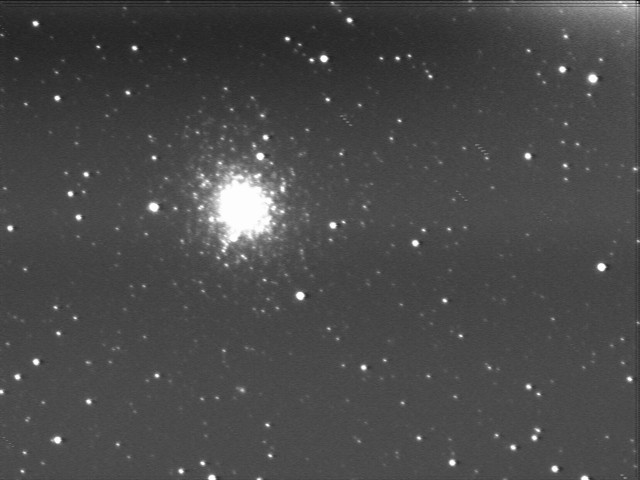| ALLEGRO GRADIENT EDITOR | A Program to use colourful themes with Allegro |
| SPACE FX | Planetary Animation Frame generator |
| SPACE FX TUTORIAL | A Brief tutorial covering basic parts of SPACE FX |
| ASTEROID (Windows) | Asteroid Finder - Windows (98...XP) version |
| ASTEROID (Linux) | Asteroid Finder - Linux (Fedora) version |
| TELESCOPE and MOUNTING | My 12.5 inch F5 Newtonian with a Split-Ring Mounting |
| TELEScoPIC - Digital Setting Circles | Digital DSC using a PIC 16F628 microcontroller |
| SAC8 CCD CAMERA | My Pictures taken with a Telephoto lens and the SAC8-II CCD Camera |
| SAC8 CCD CAMERA -Page 2 | My Pictures taken with the new Telescope Mounting |
| THE ORIGIN OF LIFE | Musing on the Origin of Life, the Universe and Everything... |







